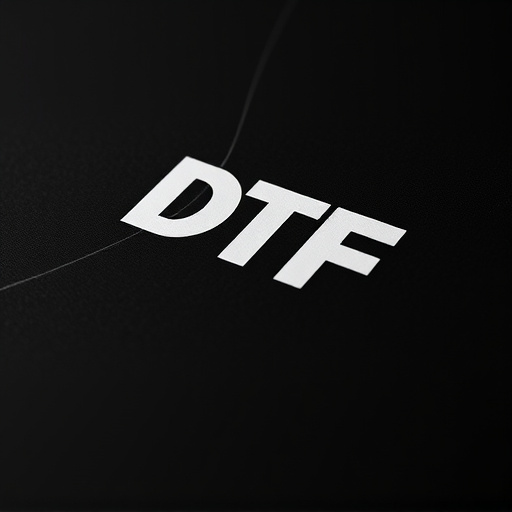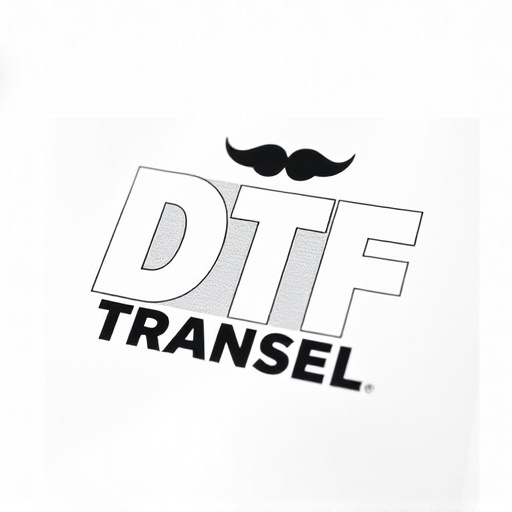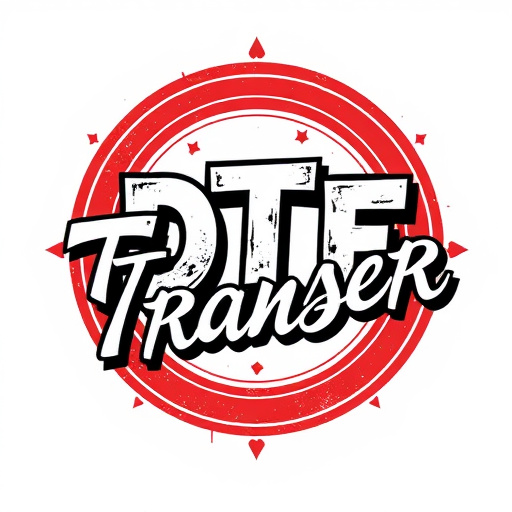Direct-to-film (DTF) printing is a cutting-edge technology revolutionizing high-volume business printing with faster turnaround times, enhanced efficiency, and vibrant, high-resolution prints on diverse materials. DTF offers precise color control, versatility in handling various substrate types, reduced waste, and streamlined workflows, contributing to effective goal achievement while maintaining brand consistency and sustainability. The right DTF transfer technology selection depends on specific needs, including intended use, target audience, budget, fabric type, and desired print effects. Efficient setup involves choosing a reliable printer, optimizing the work area, using high-quality materials, and establishing standard operating procedures for consistent outputs. Rigorous Quality Assurance and Control (QAC) ensure each DTF print meets precise specifications through advanced imaging and color profiling techniques. DTF transfers streamline production in various industries, enhancing custom prints on diverse materials, mass customization, e-commerce labeling, and retail signage, underscoring their significant potential.
Direct-to-film (DTF) transfers are transforming high-volume business operations by offering efficient, cost-effective, and versatile printing solutions. This comprehensive guide explores the world of DTF technology, its distinct advantages for businesses, and key considerations when implementing a DTF system. From understanding the fundamentals of DTF transfers to real-world success stories, we demystify this cutting-edge printing method, empowering businesses to harness its potential and elevate their production capabilities.
- Understanding Direct-to-Film (DTF) Transfers: A Comprehensive Overview
- Advantages of DTF for High-Volume Business Applications
- Choosing the Right DTF Printing Technology
- Setting Up Your DTF Transfer System for Efficiency
- Quality Assurance and Control in DTF Prints
- Real-World Use Cases: Success Stories from Industry Leaders
Understanding Direct-to-Film (DTF) Transfers: A Comprehensive Overview
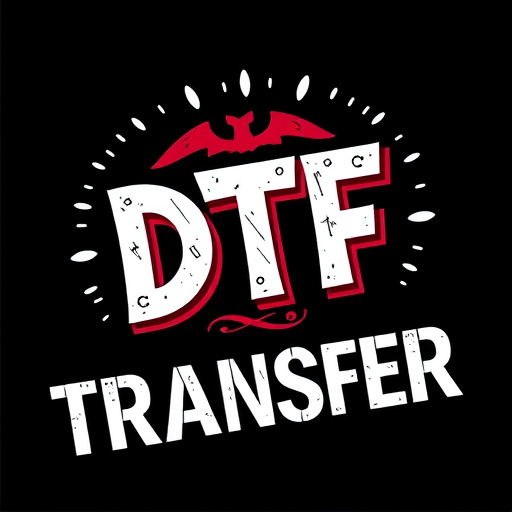
Direct-to-film (DTF) transfers are a cutting-edge printing technology revolutionizing high-volume business needs. Unlike traditional methods, DTF involves transferring ink directly onto a film or substrate, eliminating the need for intermediate plates. This process simplifies production, ensuring faster turnaround times and enhanced efficiency, especially for large-scale printing projects. With DTF, businesses can achieve vibrant, high-resolution prints on various materials, making it an ideal solution for outdoor signage, banners, and promotional displays.
DTF Printing offers several advantages. It allows for precise color control, enabling businesses to maintain brand consistency across their marketing collateral. The technology’s versatility means it can handle diverse substrate types, from vinyl to canvas, catering to various applications. Moreover, DTF Transfers reduce waste by minimizing the need for plate preparation and disposal, making them an environmentally friendly option for businesses prioritizing sustainability. This innovative approach streamlines printing workflows, offering businesses a competitive edge in meeting their high-demand print requirements effectively.
Advantages of DTF for High-Volume Business Applications

Direct-to-film (DTF) transfers offer a range of advantages for high-volume business applications. One of the key benefits is its efficiency; DTF printing allows for rapid production of custom prints, making it ideal for businesses requiring quick turnaround times. This method eliminates the need for complex set-up processes typically associated with traditional printing, significantly reducing production time and costs.
Additionally, DTF provides exceptional print quality, ensuring sharp details and vibrant colors on a variety of materials. Its versatility enables businesses to create custom designs, logos, and graphics directly onto various substrates, from promotional items to packaging. Moreover, DTF transfers are durable, making them suitable for products exposed to wear and tear, ensuring the prints remain intact even under demanding conditions.
Choosing the Right DTF Printing Technology
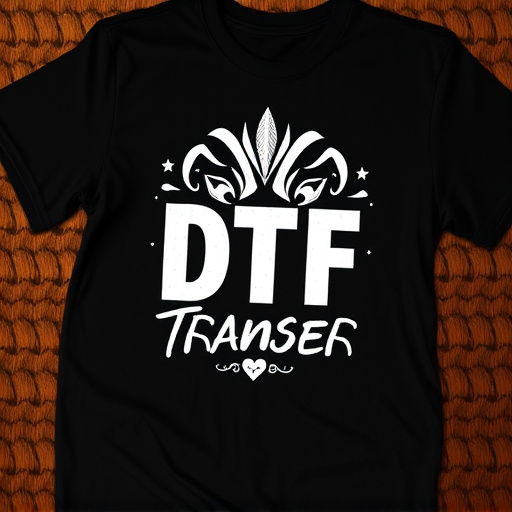
When selecting a direct-to-film (DTF) transfer technology for high-volume business needs, understanding your specific requirements is key. Different DTF printing methods offer varying levels of quality, speed, and material compatibility. For instance, advanced DTG (Direct to Garment) printers excel in vivid colour reproduction and detail, making them ideal for complex designs on a variety of fabrics. On the other hand, DTF machines designed for heat transfer allow for faster production rates and are better suited for mass printing on plain or pre-printed garments.
Choosing the right technology depends on factors like intended use, target audience, and budget. High-end printers may offer superior image quality but come with a steeper cost, while entry-level options provide a more affordable starting point. Additionally, consider the type of clothing you’ll be printing on—cotton, polyester, or blends—as well as the desired print effects (e.g., glossy, matte). Understanding these aspects will help guide your decision in selecting the most efficient and cost-effective DTF Printing solution for your business.
Setting Up Your DTF Transfer System for Efficiency
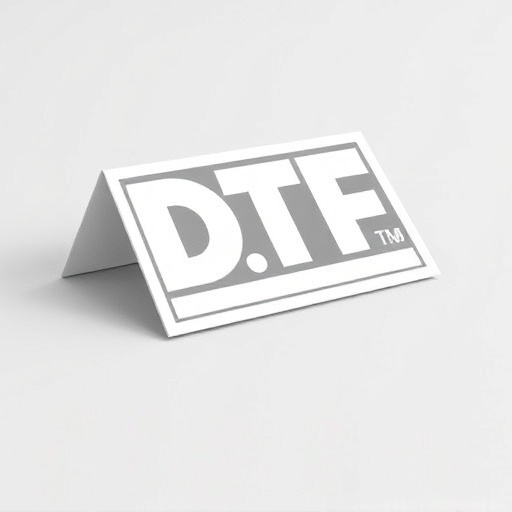
Setting up an efficient Direct-to-Film (DTF) transfer system involves optimizing your workflow for high-volume business needs. Start by selecting a reliable DTF printer that can handle your expected print volume, ensuring fast and consistent output to meet demand. The next step is configuring your work area with dedicated stations for material preparation, printing, and post-processing. Organize these tasks sequentially to streamline operations.
Invest in high-quality DTF transfer film and inks compatible with your printer model to guarantee optimal results. Establish standard operating procedures (SOPs) for each step, including cleaning and maintenance routines, to minimize downtime. Regularly calibrate your printer and check print quality to ensure accuracy and consistency in every DTF print.
Quality Assurance and Control in DTF Prints
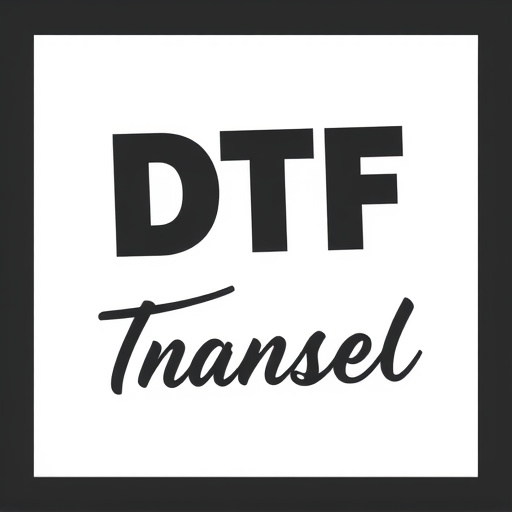
Direct-to-film (DTF) transfers designed for high-volume business use require stringent Quality Assurance and Control (QAC) measures to ensure consistent print quality. The process involves several critical steps to verify the integrity of each batch before distribution. This includes thorough inspections at various stages, from raw material check to final product evaluation. Advanced imaging techniques and color profiling are employed to detect even the subtlest deviations in ink density, image clarity, and overall aesthetics.
Every DTF print undergoes rigorous testing to meet stringent industry standards. Automated quality control systems capture high-resolution images and compare them against established benchmarks. This ensures that each print adheres to precise specifications, guaranteeing a professional finish that meets business needs. Regular calibration of printing equipment and continuous monitoring of ink formulations further enhance the reliability of DTF prints, making them a preferred choice for large-scale applications in marketing, branding, and event signage.
Real-World Use Cases: Success Stories from Industry Leaders
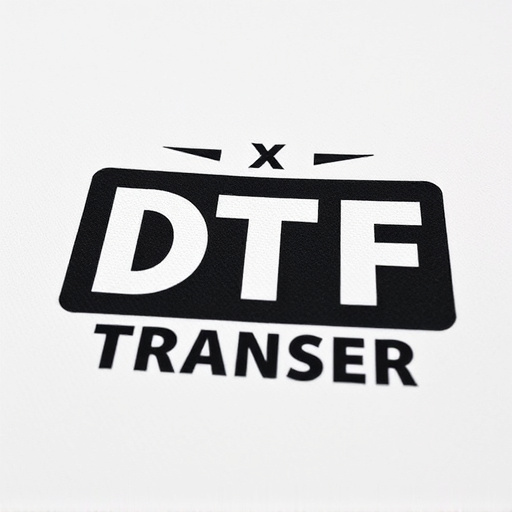
Direct-to-film (DTF) transfers have proven their worth in numerous real-world applications, with industry leaders across various sectors adopting this technology for its efficiency and versatility. One prominent use case is in the printing industry, where DTF printing enables businesses to produce high-quality, custom prints on a variety of materials, from textiles to plastics. This has revolutionized custom apparel production, allowing brands to offer personalized items quickly and cost-effectively.
Additionally, DTF transfers excel in mass customization scenarios, such as product branding and packaging. Companies can now effortlessly apply unique designs and logos to a wide range of products, ensuring brand consistency and enhancing the customer experience. Success stories abound in e-commerce and retail, where dynamic product labeling and in-store signage have improved operational efficiency and driven sales. These real-world applications highlight the immense potential of DTF transfers for businesses seeking to streamline their production processes and deliver exceptional results.



